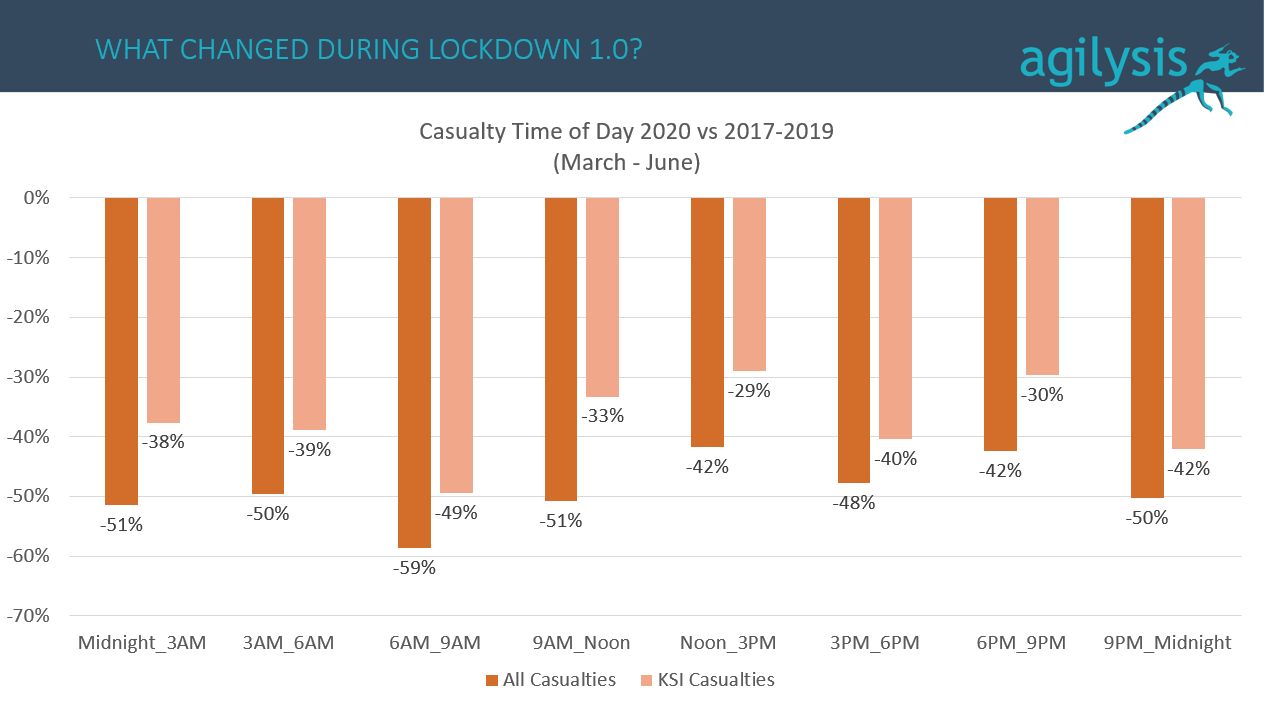What happened to road casualties during the COVID-19 Lockdown 1.0?
At the 2021 ‘Joining the Dots’ road safety analysis conference on 2nd March, our CEO Richard Owen gave an overview of some analysis undertaken using MAST Provisional for the period March – June 2021. This is analysis that anyone with access to MAST can undertake and I volunteered to do this on a national basis to help people understand what happened, and the potential pitfalls when analysing ‘provisional’ data.
The DfT published the ‘provisional estimates’ on 29th January 2021. This focussed on a 12 month mid-year comparison for the year ending June, going back to 2005. This also includes an estimation of ‘missing’ data from the most recent period. There is a huge amount of uncertainty, although previous year’s estimates have been broadly in line with the final figures.
In recent years there have often been large gaps in the data for individual police forces which has delayed publication. As to be expected, in 2020 there were gaps in several areas with either completely missing data or levels of under-reporting that were far beyond those seen in other police force areas.
Police forces with entire months missing:
Police forces with considerable under-reporting
All casualties
KSI casualties
Female casualties
Male casualties

Supporting tables can be accessed through this Excel Workbook





